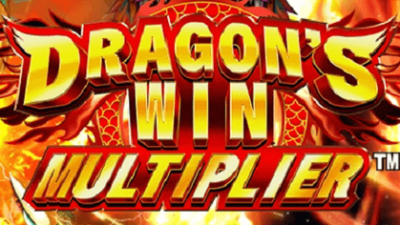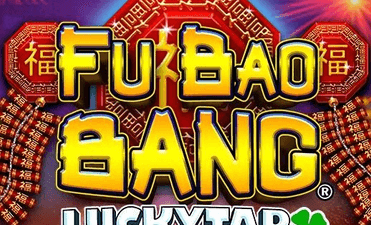Movie trailers have been with us for more than a century. The first promos for upcoming films appeared in the mid-1910s, taking their name from the fact they followed the main feature (ie. trailed), rather than screening before. In the 1960s, the format shifted from being text and voiceover heavy to the faster clip montage style that has continued to develop ever since. The advent of the internet made trailers more important than ever to film companies, and today, the first promos for big movies are as anticipated as the films themselves, with some trailers racking up hundreds of millions of views within the first 24 hours.
Horror, in particular, has lent itself to effective trailers. Horror is the one genre that doesn’t need big stars, big budgets, or familiar IP to work for audiences and succeed at the box office. The promise of tension, scares, mystery, and gore is what draws fans to horror movies. As a result, some of the most inventive and memorable trailers ever made have been for horror films, trailers that can play to the film’s strengths without having to show a movie star’s face or an explosion every few seconds.
Some classic horror trailers are subtle, such as The Exorcist, which simply doesn’t show any of the scary moments, merely hinting at the movie’s disturbing content. Others go for the throat–for example, The Texas Chainsaw Massacre’s quickly cut montage of terror. And some break all the rules, such as Alfred Hitchcock teasing the shocks of Psycho in typically deadpan style or The Blair Witch Project’s groundbreaking viral campaign.

